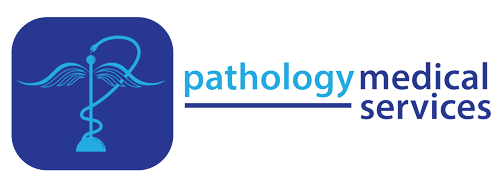Search Specimen Collection Manual
ThinPrep™ Pap Test: Collection Procedures
See Specimen Submission Instructions for test requisition, specimen labeling and specimen packaging requirements.
Patient Instructions
- The ThinPrep Ô Pap test should ideally be taken two weeks after the first day of the last menstrual period. The patient should avoid scheduling her appointment during heavy menstrual bleeding; excessive amounts of blood may compromise the quality of the specimen and may lead to an unsatisfactory result.
- The patient should avoid the use of vaginal medications, vaginal contraceptives, douches, lubricants, and sexual intercourse at least 48 hours prior to examination.
Use of Lubricant
- NCCLS guidelines recommend that no lubricant be used during the pap test. 1 ACOG recommends that care be taken not to contaminate the specimen with lubricant 2. Use of lubricant may lead to an unsatisfactory result and insufficient specimen remaining for ancillary testing.
1 Papanicolaou Technique Approved Guidelines (NCCLS Document GP 15-A)
2 ACOG Practice Bulletin, no. 45, August, 2003
Pertinent Clinical Information
It is essential to provide all pertinent clinical information. Please include:
- Specimen source, e. cervicovaginal, vaginal
- ICD code
- Date of last menstrual period or menstrual status; pregnant, post-partum, postmenopausal, or has had a hysterectomy.
- Clinical history to include contraceptive/hormone treatment, abnormal bleeding, +HPV, lesion, high risk factors, surgical/treatment history including biopsy, LEEP, radiation etc.
Collection Procedure
Specimen collection and cell transfer technique is critical. See ThinPrepÔ Pap test collection procedure. Note: if a separate collection (swab) is planned for GC/CT or other testing, the Pap specimen must be collected first. Failure to collect Pap specimen first may cause a false negative Pap result.
Endocervical Brush / Spatula Protocol:
- Specimen Collection
- Record the patient’s first and last name and 1 additional unique patient identifier on the ThinPrepÔ
- Ectocervix Sample
Insert contoured end of PLASTIC spatula into the cervical os and while maintaining tight contact with the ectocervical surface rotate one full turn (360 degrees).
Rinse the spatula as quickly as possible into the PreservCyt Solution vial by swirling the spatula vigorously in the vial 10 times. Discard the spatula.
- Endocervix Sample
Insert cytobrush into the cervix until only the bottom-most fibers are exposed. Slowly rotate ¼ turn to ½ turn in one direction. Do not over-rotate.
Rinse the brush as quickly as possible in the PreservCyt Solution by rotating the device in the solution 10 times while pushing against the PreservCyt vial wall. Swirl the brush vigorously to further release material. Discard the brush.
- Tighten the cap so that the torque line on the cap passes the torque line on the vial.
Broom-Like Device Protocol:
- Specimen Collection
-
- Record the patient’s first and last name and 1 additional unique patient identifier on the ThinPrepÔ vial.
- Ectocervix and Endocervix Sample
Insert the central bristles of the broom into the endocervical canal deep enough to allow the shorter bristles to fully contact the ectocervix. Push gently, and rotate the broom in a clockwise direction five times.
Rinse the broom as quickly as possible into the PreservCyt solution vial by pushing the broom into the bottom of the vial 10 times, forcing the bristles apart. As a final step, swirl the broom vigorously to further release material. Discard the collection device.
- Tighten the cap so that the torque line on the cap passes the torque line on the vial.
CPT Code
88175
88141 (Pathologist Review)
